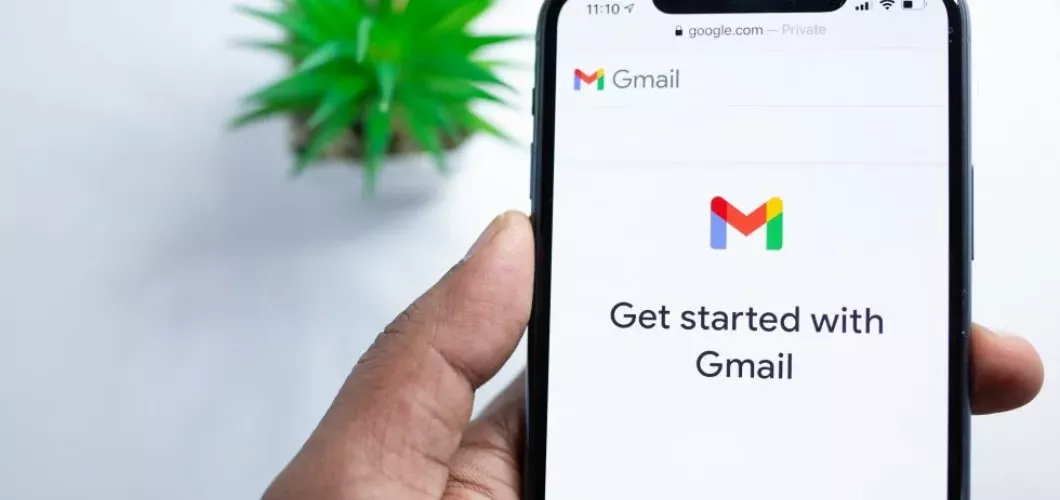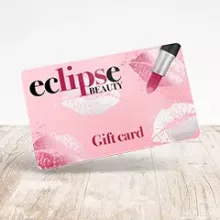
Email marketing is a huge asset to your business, and it’s made easy by the fact your customer loyalty scheme supplies you with a ready-made customer database. Make the most of it by sending regular email campaigns to your customers, containing new products and offers, or just use it to increase product awareness.
Marketing via email is proven to work. Email is one of the most successful platforms, and 81% of retailers say that they rely on it as their primary source of marketing. It also has an average ROI of over 3800% – low-risk for a very high reward.
When it comes to acquiring customers, marketing via email campaigns is more than 40 times effective than marketing solely on Facebook and Twitter combined. Customers know that, too – more than two thirds of customers have made a purchase as a direct result of a marketing email.
But what are the best practices of email marketing and how do you execute it successfully? We’ve listed our top 10 dos and don’ts so you can make sure you’re maximising the impact your email marketing strategy can have on your business.
DO Choose Quality Over Quantity
The content of your marketing emails may be the most important thing, but if you write too much, it can be overwhelming for your readers. There are other things you can use instead of large blocks of texts.
The people reading your emails won’t have much time to dedicate to their inboxes, so it’s important to be aware of that.
Make sure the first sentence of your email is snappy enough to catch your reader’s attention. Your aim is to make them want to continue reading, so having a hook at the beginning will pique their interest with regard to the rest of the email. This will, in turn, lead to a successful campaign for you.
Replace paragraphs of text with images and graphics that explain what you’re trying to say. These are more likely to catch the eye without overwhelming the reader. If you have a lot of information to convey, add a call to action or a link to a landing page on your website, where you can explain further.
Reducing the size of text blocks in your email will increase positive reactions with your email campaigns.
DO Segment Your Lists
If the content of your email is amazing but you’re sending it to the wrong people, your business won’t be seeing much of an impact.
Make sure the contacts on your lists are all people who have actively signed up to your mailing list, whether that’s through signing up to your loyalty scheme, purchasing through your website, or other means. You should also ensure you have an accessible email marketing unsubscribe button.
But to limit the amount of unsubscribes you are seeing, try to segment your contacts into smaller, more targeted lists. Split your customer email addresses into smaller sections by products bought, online or in-store customers, or any other means you can think of.
Sending specified emails to these lists is more likely to be successful than sending the same thing to your entire contact book, as you are appealing directly to each readers’ needs. That will increase the chances of engagement.
It’s also worth regularly setting time aside to remove people who never open your emails. Purging your lists will increase the metrics you use to measure the success of your marketing campaigns.
DO Set Goals
Before you set about creating an email campaign, think about what you expect to see from it. How many opens, clicks, and sales do you expect to see from your emails? Once you have decided on your goals, you need to work out how you’re going to achieve them.
Build a relationship with your readers by giving them exclusive offers within the emails. They’re more likely to open and interact with your emails if they contain discounts, and the likelihood of them completing a transaction is also higher.
You can then create reports to measure the success of your campaign. These will allow you to see how you can improve for next time.
DO Create Eye-Catching Subject Lines
The subject line of your email is your chance to make a first impression on your readers. On average, a third of all readers open their emails based on the subject line alone.
Your subject line should remain short, as longer ones can get cut off. The best subject lines are between 40 and 50 characters, so you need to use the space you’ve got wisely. Make sure they’re straight to the point and tell the reader what’s within the email.
And whilst there’s no hard-set rules around subject lines, make sure they’re not misleading to your readers. If you’re teasing prizes or sales that don’t exist within the body of your email, your potential customers will be put off by this and all future emails.
A recent study has shown that 54% of consumers have felt cheated, tricked, or deceived into opening a promotional email. These can be a range of things, such as subject lines that appear as though they’re from a friend or a colleague, or ones that appear to confirm an action – for example, ‘Your order confirmed’.
The brands that deceive readers into opening emails don’t seem to realise that it helps to set the direction for the reader’s journey to the call to action. People aren’t likely to interact with an email or purchase from your brand if they feel cheated into being there.
DO Add A Call To Action
A call to action can cover many different things. It can be a link to a landing page to prevent an overload of information, or it can send your reader directly to the relevant product page on your website.
You must include at least one call to action (and no more than two) to every email and make sure they are relevant to the content of your emails. Your content can be compelling and irresistible, but if you’re not directing your readers anywhere, your campaign won’t perform as well as you’d hoped.
DON’T Send At The Wrong Times
If you send your emails at 10pm on a Wednesday night, it’s mostly likely that your email will be going straight in the trash folder. Think about the times when your customers will want to hear from you: that will be during the day, when they’ve got a few minutes to check their inbox.
It’s also important to note that your audience will react differently depending on gender. If you know that a large majority of the customers on your database are female, make sure you’re sending emails between 12 and 2pm, as this is when women interact with emails most often.
Men, on the other hand, are most likely to check their inboxes at 9am, midday, and 5pm.
Sending emails at optimised times depending on your target audience is key to your campaign’s success.
DON’T Forget About Mobile
The audience of your emails is diverse, and that means they’ll be reading them in a range of settings. A lot of people check their emails via tablet or mobile device whilst on the go, so even though you’re designing your email on desktop, don’t forget about making sure it looks good on all screen sizes.
The formatting of your emails will look slightly different, but should remain consistent across all devices and email platforms.
DON’T Send Without Testing
Your marketing campaigns should never stop changing. With each email that you send out, try something different – colours, images, subject lines, and messaging should all be adjusted regularly. Measure the results of each email to see if something has worked better with your audience.
Once you’ve written and designed your emails how you want them, make sure you test them. Check for any broken images or links, and ensure you haven’t accidentally left any typos in. It might be worth sending your marketing email to another person within your business to get a second opinion.
You might also want to test it across different email platforms to make sure all your design work is displaying how you intend it to.
DON’T Send Confusing Messaging
If you’re sending one-off emails at random times of the day that have no clear motive, your readers will be confused and put off. Instead, make sure you’re arranging clear campaigns ahead of time, so you don’t end up making it up on the spot.
Take a product, service or offer that you’d like to advertise, and think about how you’re going to angle your messaging. Do you want to direct footfall to your physical shop, or are you aiming people towards your website? Work on that before you sit down to write the content of your email.
It’s also worth personalizing your emails, as it can increase your open rate by almost 30%. The people you’re sending your emails to want to be treated like a valued customer.
DON’T Clutter Inboxes
If you find that your marketing strategies have been slipping, don’t create and send three emails consecutively. Your customers love to hear from you but trying to make up for lost time is likely to send you straight to the spam folder.
Instead, carry on as normal. Send your emails once or twice a week (or whatever your plan was before it slipped!), and catch up that way. Spamming your readers isn’t worth the negative impact it’ll have.
Interested in getting a customer loyalty scheme to help aid your marketing campaigns? Get in touch with one of our experts today by calling us on 020 8266 1600.

